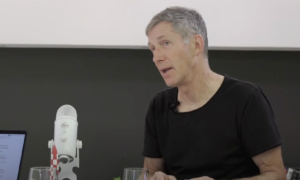The maker places an order (to buy or sell at a quoted price), while a taker accepts that placed order (to execute the buy or sell at the quoted price)
What Is a Market Maker and a Market Taker?
A successful trade in any securities market requires two parties: a maker and a taker. The maker places an order (to buy or sell at a quoted price), while a taker accepts that placed order (to execute the buy or sell at the quoted price). This is the basic completion of a market trade: someone makes an offer, and someone else takes it.
Market makers are important as they provide liquidity and depth to markets, hoping to profit from the spread difference between bids and asks or from predicted price entries during market volatility. Market takers need this liquidity and immediacy to enter or exit positions.
Because of the different motivations for makers and takers — makers seek profits from volatility or bid/ask spread differences while takers require instant exits or entries — there are often many more makers than takers in a market. Makers also tend to trade more frequently and at higher volumes than takers.
Many centralized exchanges themselves are market makers, providing their own liquidity and depth to markets to attract takers — visible through order books. This then leads to increased trading volume and liquidity, which tends to attract even more makers to provide their own liquidity.
The success of this model was key to explaining the difficulties of early decentralized exchanges (DEXs) in attracting liquidity on decentralized markets. Without enough makers to provide liquidity and depth, there simply wasn’t enough volume or good prices that takers would find attractive to trade. Without takers, there was no incentive for makers to provide liquidity when they could easily offload it elsewhere on centralized markets.
While order book DEXs eventually found traction by providing niche markets for alternative cryptocurrencies, especially ERC-20 tokens on the Ethereum platform, modern DEXs implemented the automated market maker (AMM) model to overcome this Catch-22 liquidity issue.
Author:




